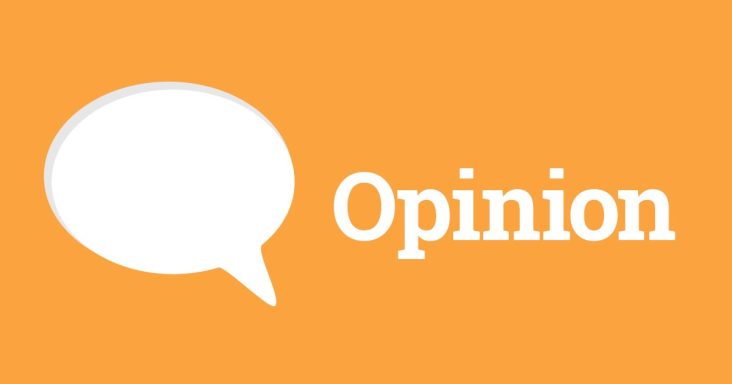Year five of the U.S. economic expansion
by May 30, 2024 3:25 pm 362 views

The U.S. economy has entered the fifth year of an economic expansion that began in May 2020, according to employment, income, sales and production metrics. This overlooked development is unlikely to dampen arguments about the state of the economy in an election year, with inflation having emerged as a major issue for consumers.
The determination of the economy’s state in the business cycle is “based on a range of monthly measures of aggregate real economic activity published by the federal statistical agencies,” according to the National Bureau of Economic Research’s (NBER) Business Cycle Dating Committee in Cambridge, Mass. The NBER is a nonpartisan, organization founded in 1920 and recognized within the economics profession as a leading business cycle arbiter.
Two years ago, I noted in a Talk Business & Politics column that metrics relied upon by the NBER panel showed economic growth, not recession. Some disagreed, arguing Gross Domestic Product (GDP) declined for two consecutive quarters in 2022, a definition of recession cited by observers generally unfamiliar with the NBER’s work.
Thursday’s (May 30) inflation-adjusted GDP reading for 1Q-2024 shows a 1.3% increase, according to the U.S. Bureau of Economic Analysis. In sum, GDP has expanded in 13 of 15 quarters since the last recession ended in 2Q-2020.
Metrics tracked by the NBER panel, available at the one-stop page maintained by the Federal Reserve Bank of St. Louis also reveal growth. These include “real income less transfers, nonfarm payroll employment, real personal consumption expenditures, wholesale-retail sales adjusted for price changes, employment as measured by the household survey, and industrial production.” Most are coincident indicators that show the economy’s near past state.
Industrial production, arguably, is the only coincident indicator which may have peaked this cycle, with the April 2024 reading lower than a possible peak in September 2022. Durable consumer goods and automotive products, however, continue to expand. Historically, both are coincident to turning points in the economy.
That leaves inflation.
The percentage of consumers mentioning “high interest rates or tight credit reasons for poor buying conditions” has increased in the monthly University of Michigan consumer survey, and is higher than the 2020-2022 period.
Inflation is also increasing at a rate greater than the Fed’s target.
“In recent months,” Fed Chair Jerome Powell said earlier this month, “inflation has shown a lack of further progress toward our 2 percent objective. … It is likely that gaining greater confidence will take longer than previously expected.”
The Fed is attempting to engineer a “soft landing” that lowers inflation to 2% while avoiding the “hard landing” of a recession. Expect to hear a lot more about inflation in coming months.
Editor’s note: Economist Greg Kaza is executive director of the Arkansas Policy Foundation, a market-based think tank founded in 1995. The opinions are those of the author.
